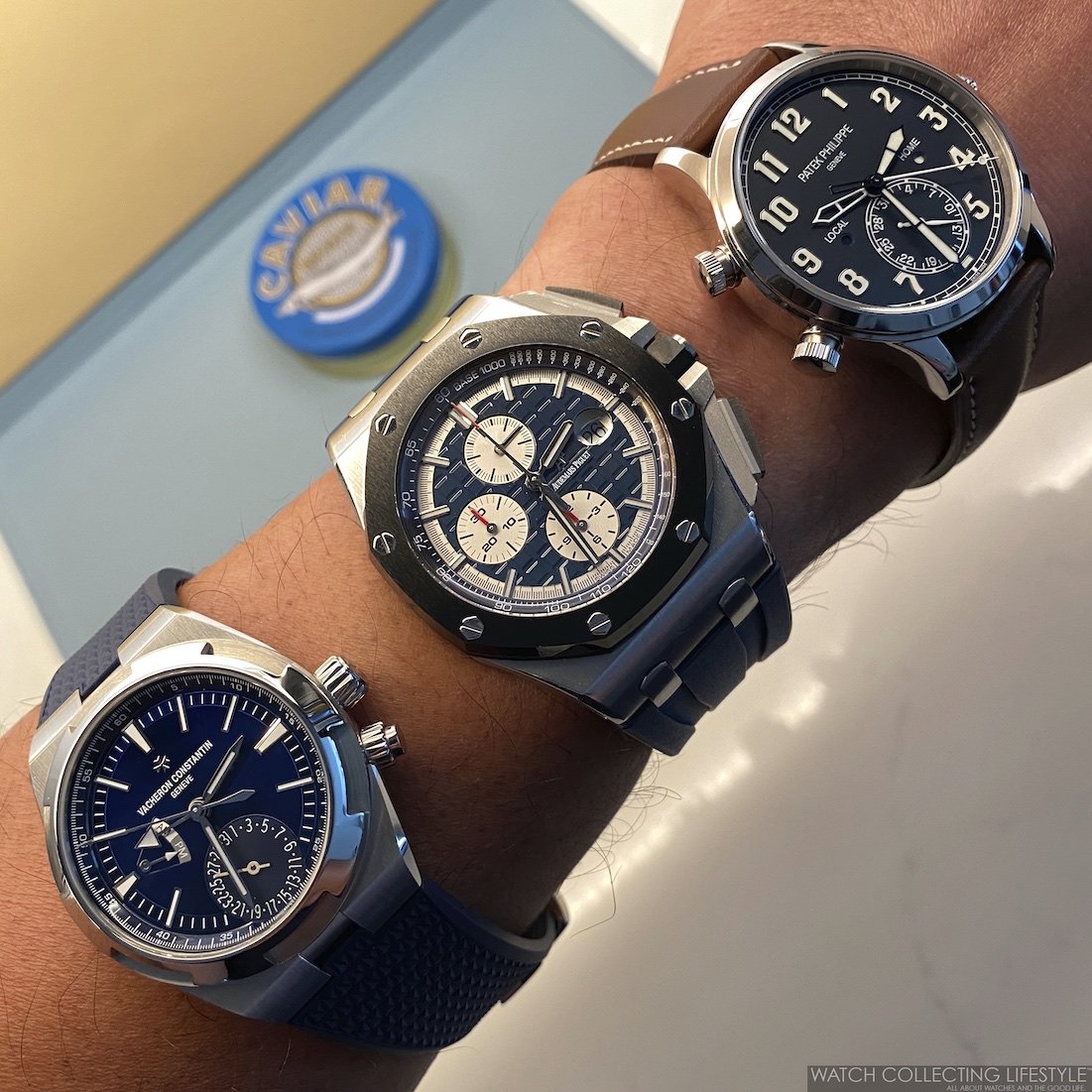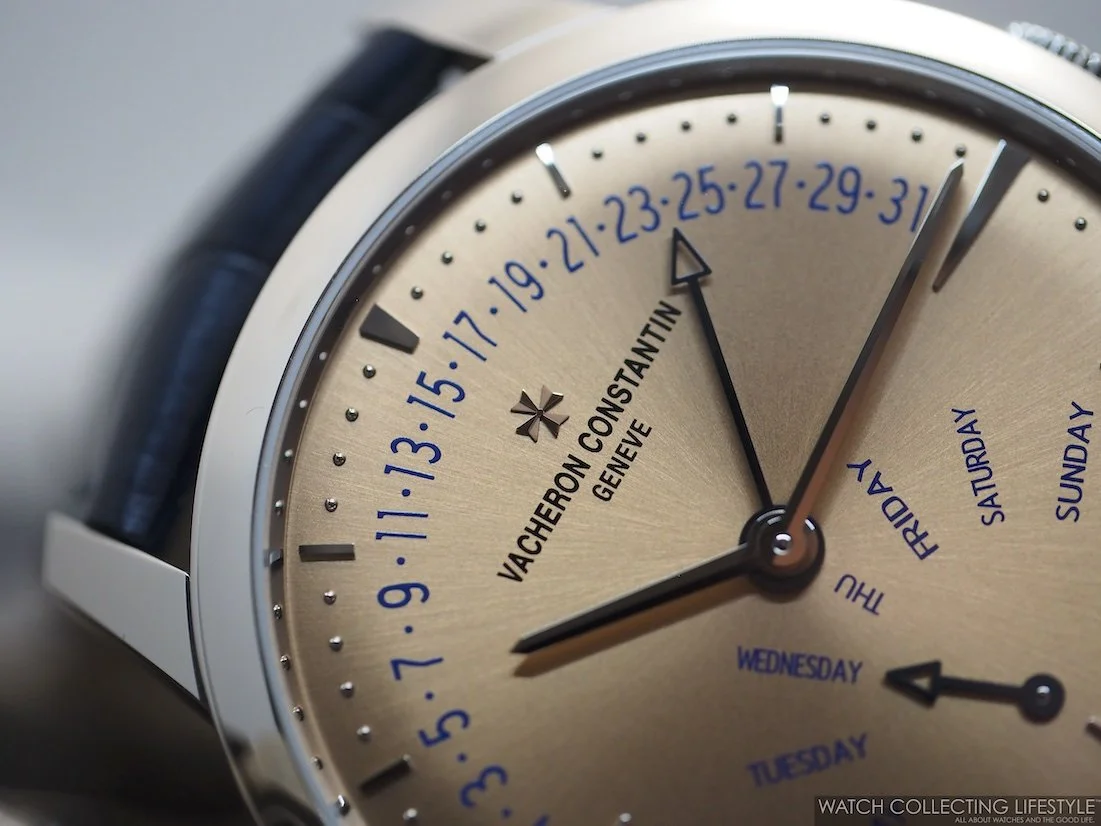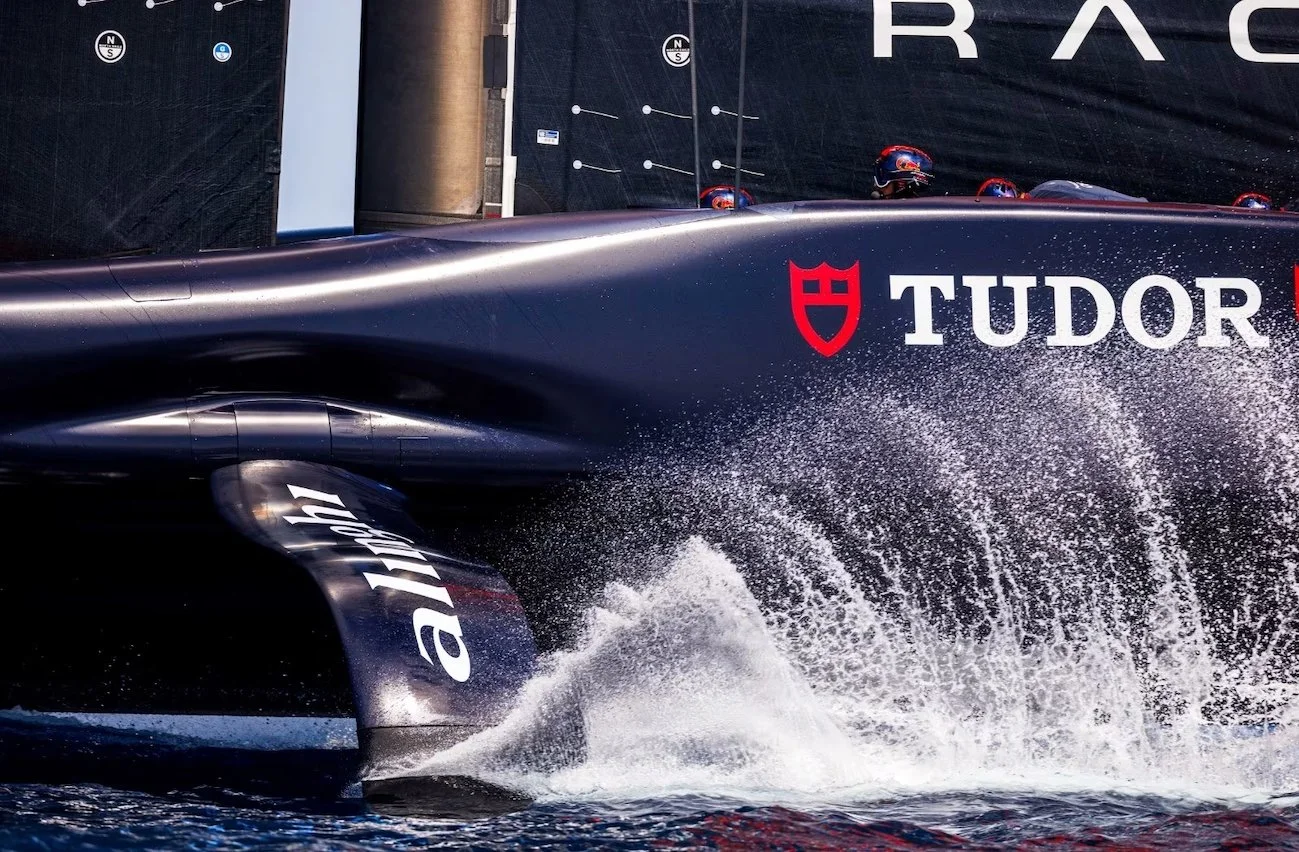The world of luxury watches has always been synonymous with impeccable craftsmanship, timeless elegance, and status symbols. While technological advancements have made timekeeping accessible to everyone through smartphones and smartwatches, luxury timepieces continue to hold a special place in the hearts of horological enthusiasts and collectors like myself. In this article, I delve into the current state of the luxury watch market, exploring the trends, innovations, and enduring appeal that have captivated discerning individuals across the globe.
The luxury watch market has witnessed several notable trends in recent years, reflecting the changing preferences and tastes of consumers. While classic designs and heritage pieces continue to attract collectors, there is a growing demand for modern, avant-garde designs that showcase innovative materials and cutting-edge technologies. Additionally, personalized and unique-piece —one of— timepieces have gained popularity, allowing collectors to own truly unique works of art that reflect their individuality and exclusivity.
Haute Horlogerie, the art of high watchmaking, has played a significant role in shaping the luxury watch market. Brands like Vacheron Constantin and Patek Philippe renowned for their technical mastery, intricate complications, and meticulous craftsmanship continue to be highly sought after. Whether it's the exquisite tourbillons, perpetual calendars, minute repeaters, or grand complications, these timepieces represent the pinnacle of horological engineering and captivate enthusiasts who appreciate the convergence of art and mechanics.
However, in recent years, there has been a rise of Independent Watchmakers that cater to the ultra-wealthy and to some of the savviest watch collectors globally. In the last five to ten years, the luxury watch market has witnessed a surge in the prominence of independent watchmakers. These artisans, often operating on a smaller scale creating less than 500 watches per year and sometimes no more than 20 to 50, bring a fresh perspective and unrestrained creativity to the industry. Independent watchmakers challenge traditional norms, pushing the boundaries of design and engineering to create truly exceptional timepieces. The allure of owning a timepiece from an independent brand lies in the exclusivity, uniqueness, and the personal connection between the creator and the collector. For instance, those that are part of the exclusive group of collectors that own Greubel Forsey, MB&F, F.P. Journe, Laurent Ferrier, Akrivia, Voutilainen, De Bethune, and Ferdinand Berthoud among others.
In an era increasingly focused on sustainability and ethical practices, the luxury watch market has responded by embracing responsible sourcing and production methods. Many brands have made significant strides toward ensuring their supply chains are ethical, reducing their environmental impact, and supporting charitable initiatives like Panerai and the changes they’ve made to their packaging. From using recycled materials to implementing fair trade practices, luxury watchmakers are aligning their values with those of socially conscious consumers, making sustainability an integral part of the industry's evolution.
Digital transformation has had a profound impact on the luxury watch market. Online platforms have become crucial channels for brand engagement, sales, and communication. Publications like mine have transformed the way we consume watch content and the way this content gets produced. Stock imagery from the brands is no longer ‘king’, but content that feels real and that is produced by publications like WCL so that potential customers can perceive the watches ‘in the metal’ in real-life settings. Luxury watch brands now leverage e-commerce, social media, and immersive digital experiences to connect with a global audience. Online platforms also facilitate access to information, enabling consumers to make informed decisions and explore a wide range of brands and models. While traditional retail still holds its allure, the digital landscape has provided a new dimension to the luxury watch market.
As the luxury watch market continues to thrive, fueled by a combination of timeless craftsmanship, technological innovations, evolving consumer preferences, and a deep appreciation for the art of horology. From classic designs that pay homage to tradition to avant-garde creations that push boundaries, luxury timepieces cater to a diverse range of tastes and styles. As the market embraces sustainability, ethical practices, and digital transformation, it is poised to captivate new generations of watch enthusiasts and collectors, ensuring the enduring appeal of these remarkable timekeeping treasures.
But the only disheartening part of watch collecting nowadays is not being able to purchase watches at retail but having to reach out to the grey market if there’s something you really want and that the brands won’t allocate to you. Acquiring luxury watches at retail prices can be challenging due to various factors. While it is not impossible, several factors contribute to the difficulty:
1. Limited Supply: Luxury watch brands often produce limited quantities of their most sought-after models, creating high demand and limited availability. This scarcity makes it challenging to secure these timepieces at their original retail prices.
2. Waitlists and Allocations: Popular luxury watches may have long waitlists or allocations, where authorized retailers receive limited quantities and prioritize their loyal customers. This system can make it difficult for new buyers to access certain models without an established relationship with the retailer.
3. Brand Reputation and Popularity: Well-established luxury watch brands with a strong reputation and rich heritage tend to have a higher demand for their timepieces. These brands often have loyal customer bases and collectors who are willing to pay a premium to acquire their coveted models.
4. Grey Market and Resale Market: The luxury watch industry has a thriving secondary market where timepieces can be bought and sold outside of authorized retail channels. Some individuals opt to purchase from the grey market or resale platforms, but this often comes with a higher price than the original retail price.
5. Price Increases: Luxury watch brands periodically increase their retail prices due to various factors, including rising production costs, currency fluctuations, and increasing demand. These price hikes can make it more challenging to acquire desired models at the original retail price.
6. Popularity of Online Platforms: The advent of online platforms and social media has increased the visibility and accessibility of luxury watches. However, it has also led to heightened competition and faster sell-outs, making it harder to secure watches directly from official brand websites or authorized retailers.
Despite these challenges, it is important to note that opportunities to acquire luxury watches at retail prices do exist. Building relationships with authorized dealers, staying informed about release dates and waitlists, and being patient can increase the chances of acquiring a desired timepiece at its original retail price. Additionally, participating in brand events, exhibitions, or exclusive membership programs may provide access to limited editions or special releases. Just my two cents. Until next time!









































